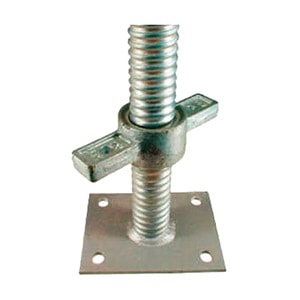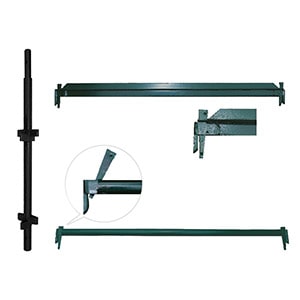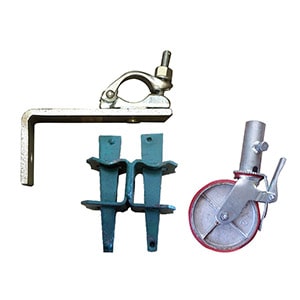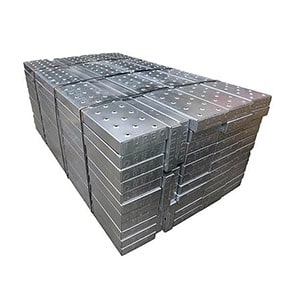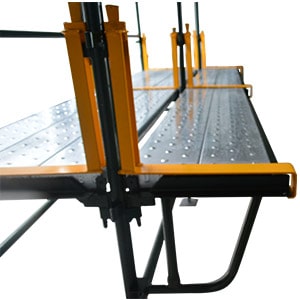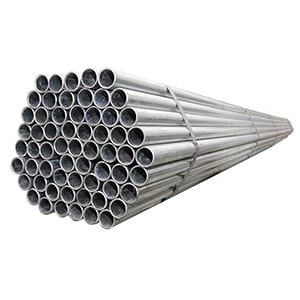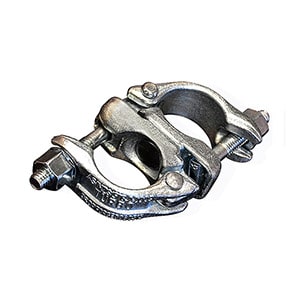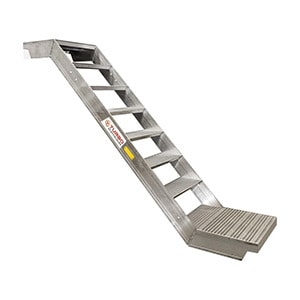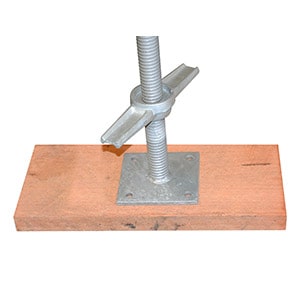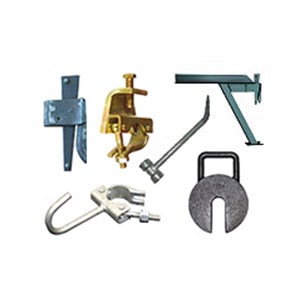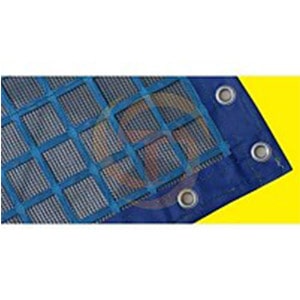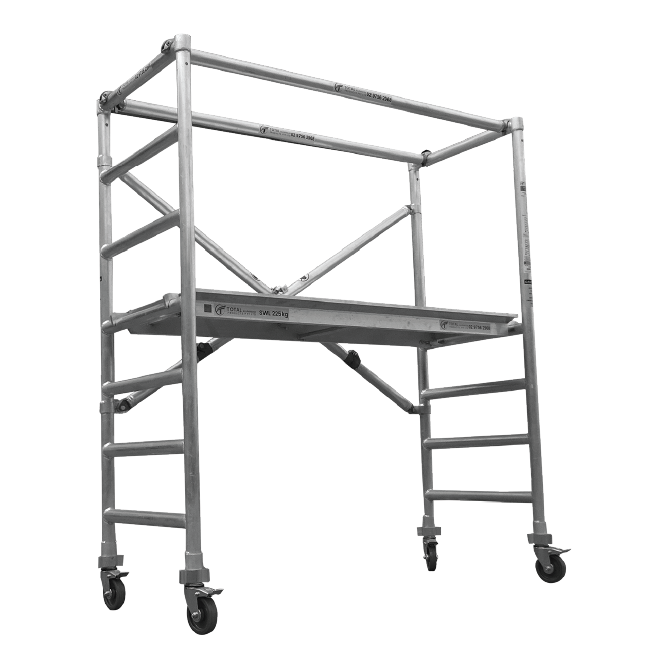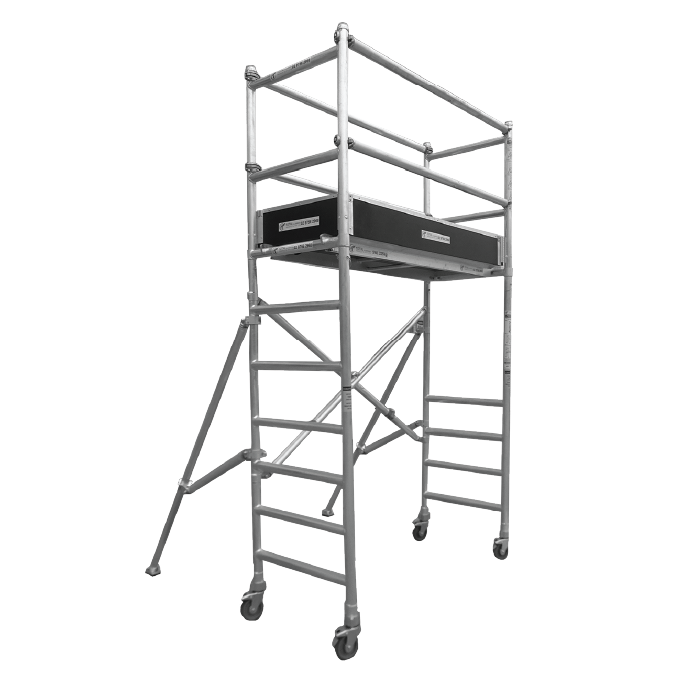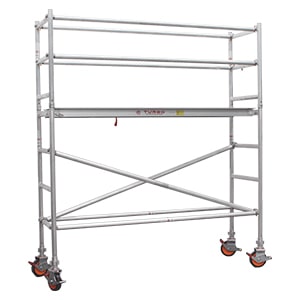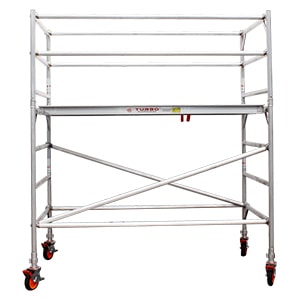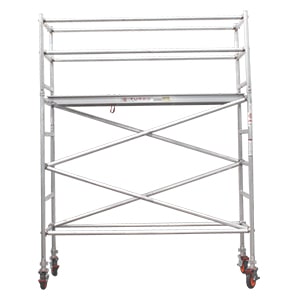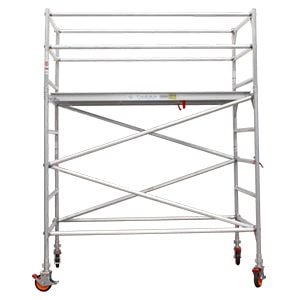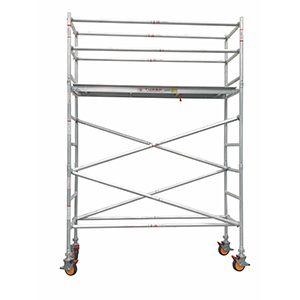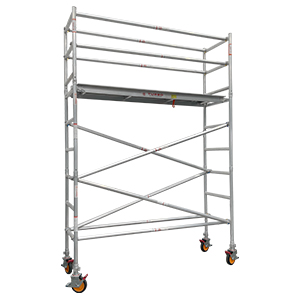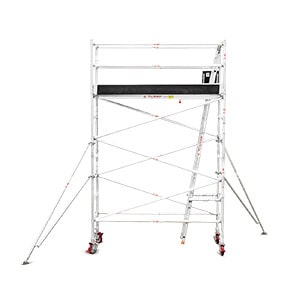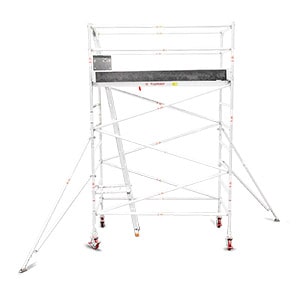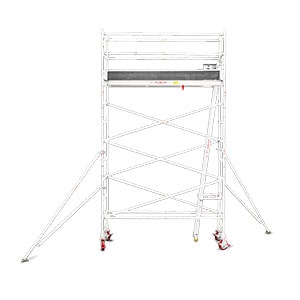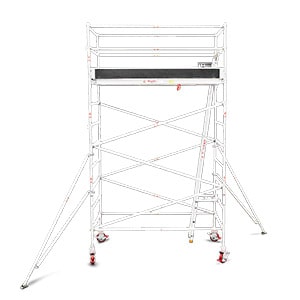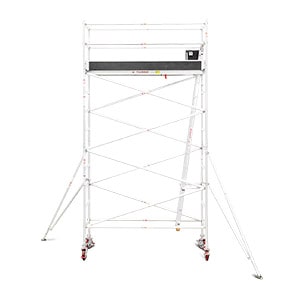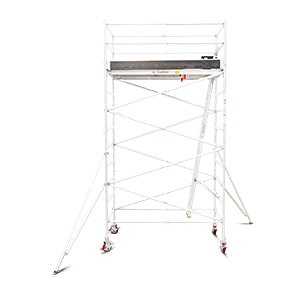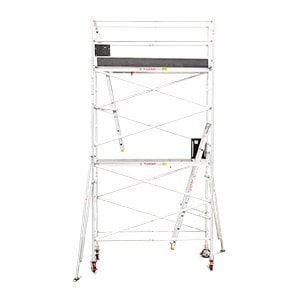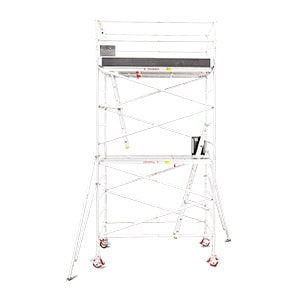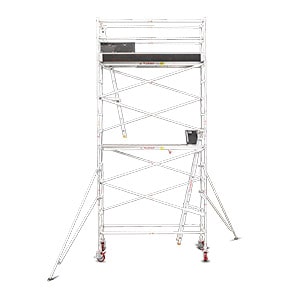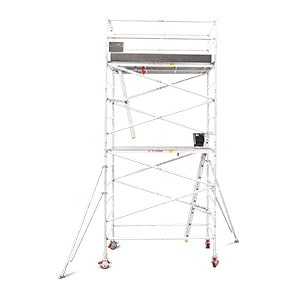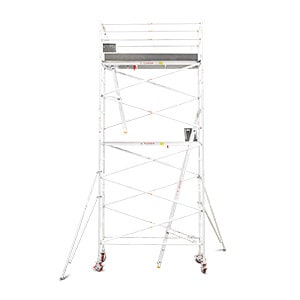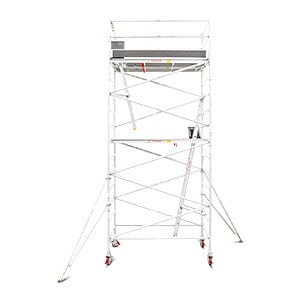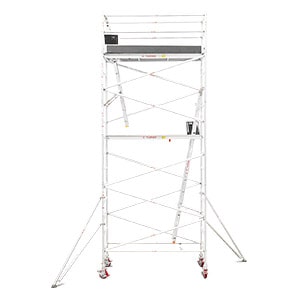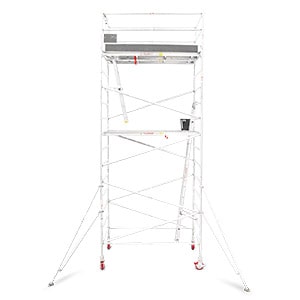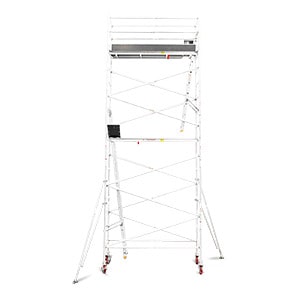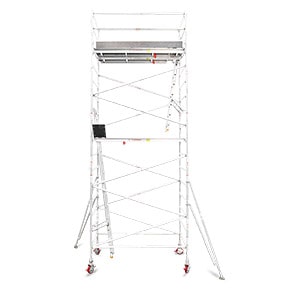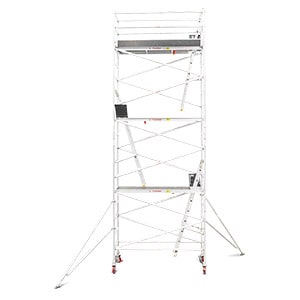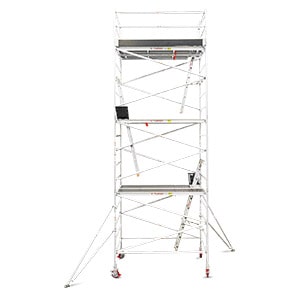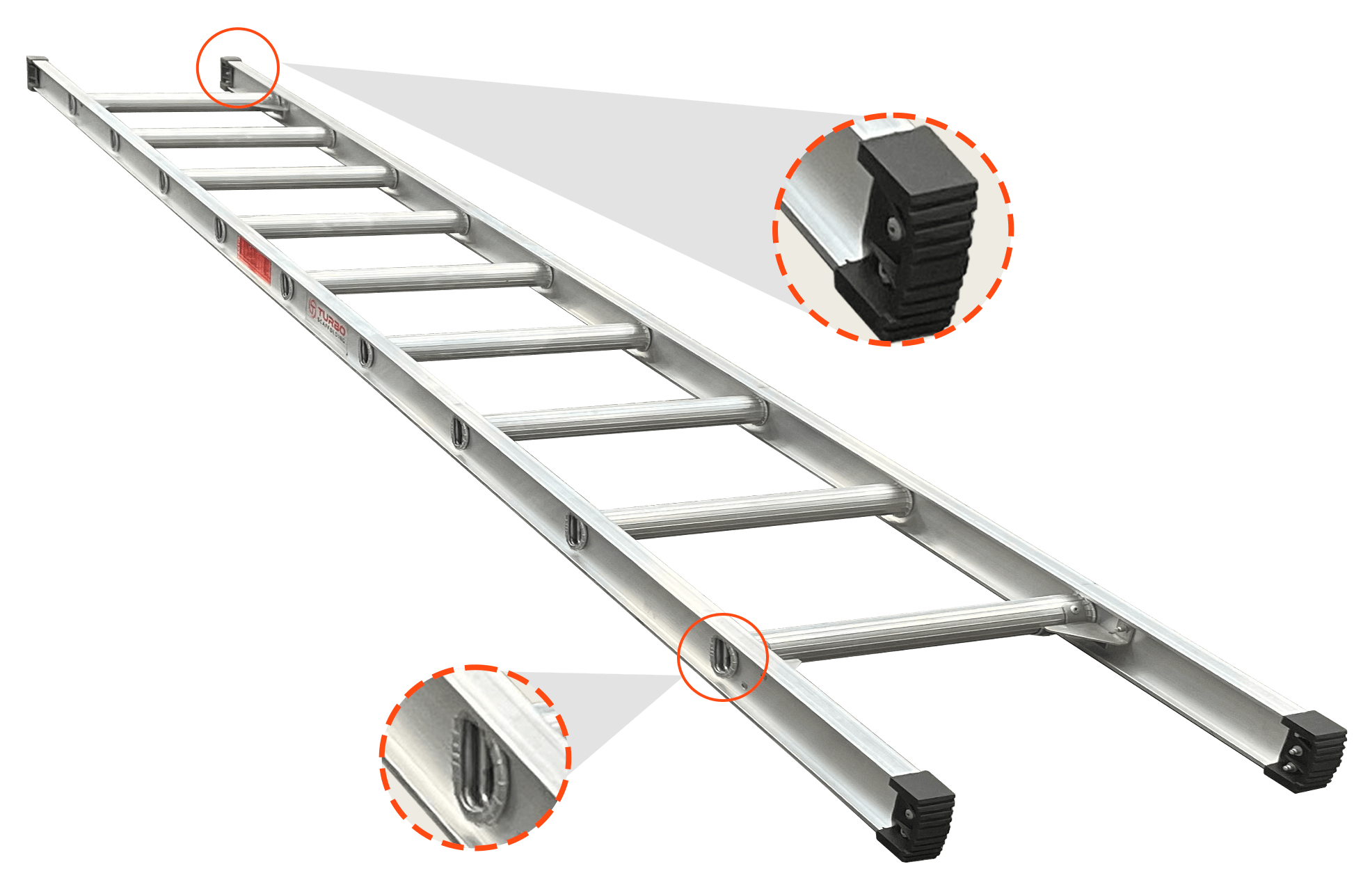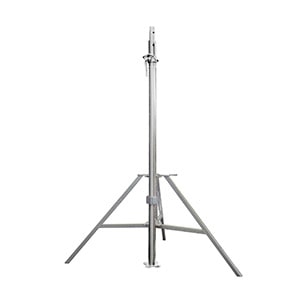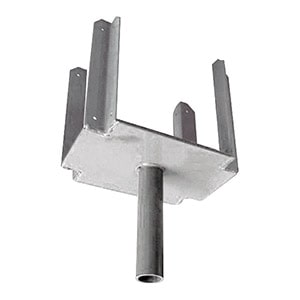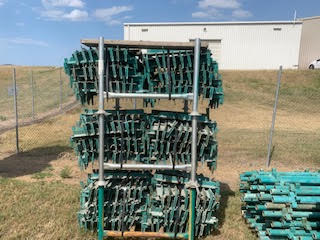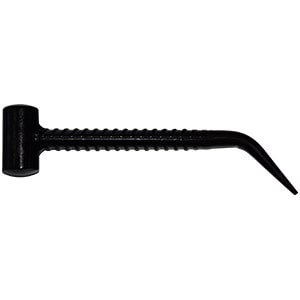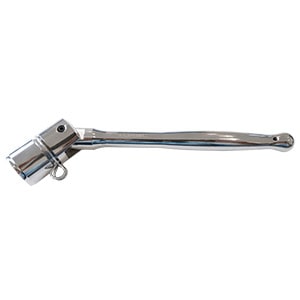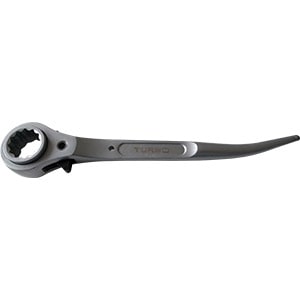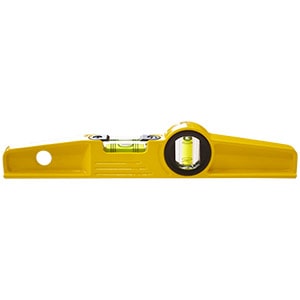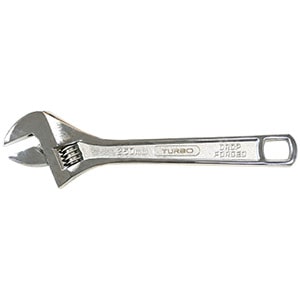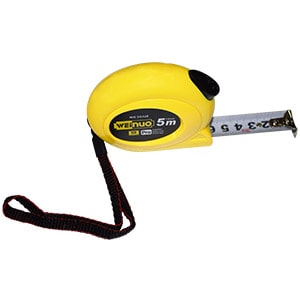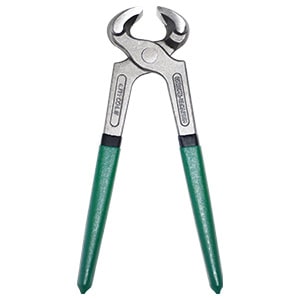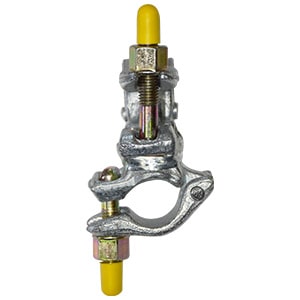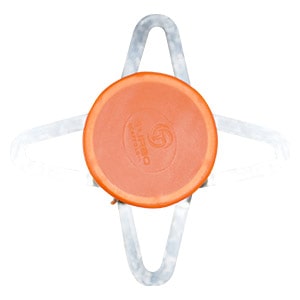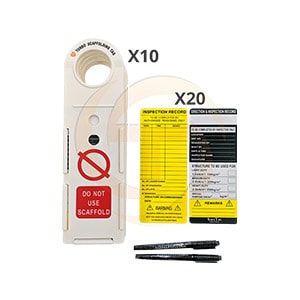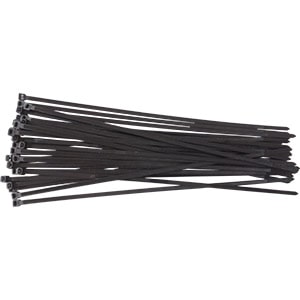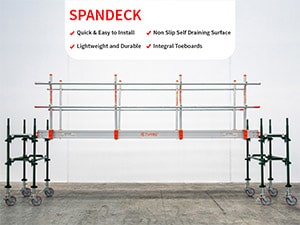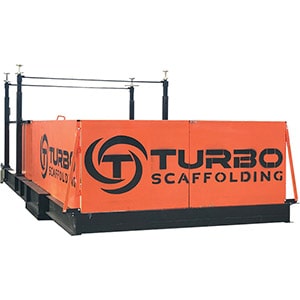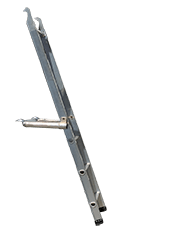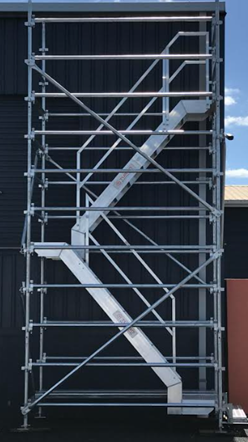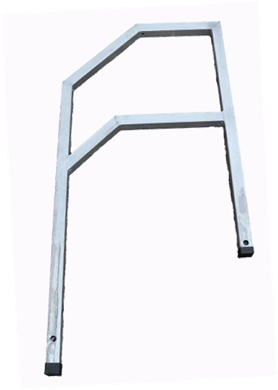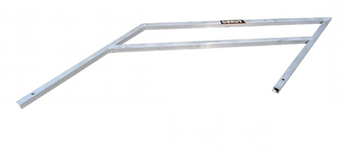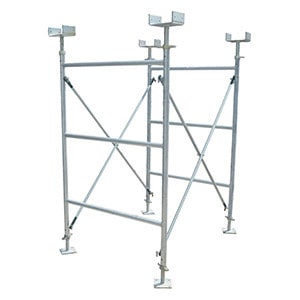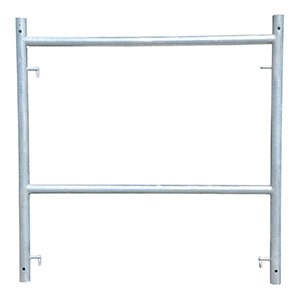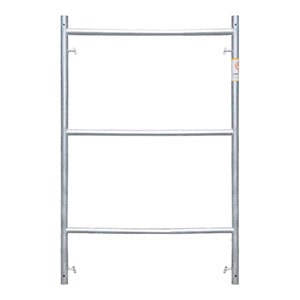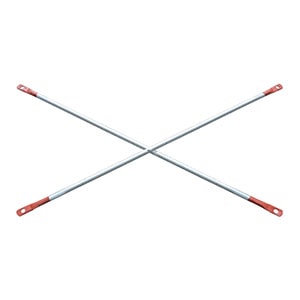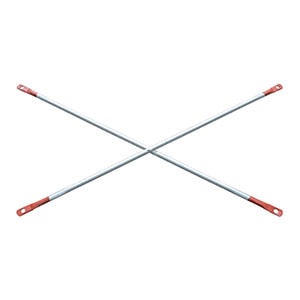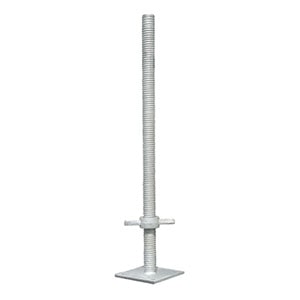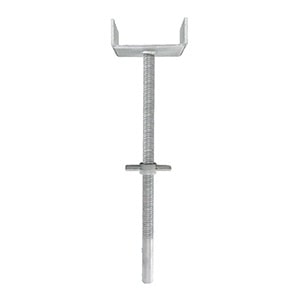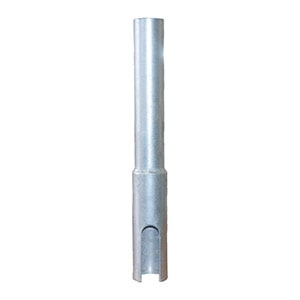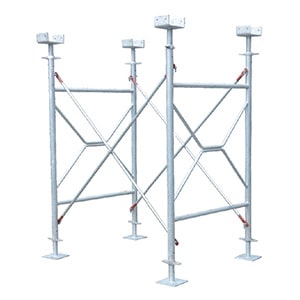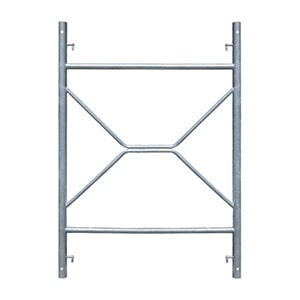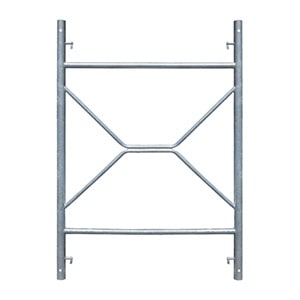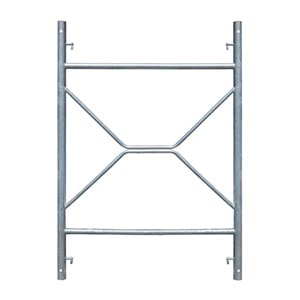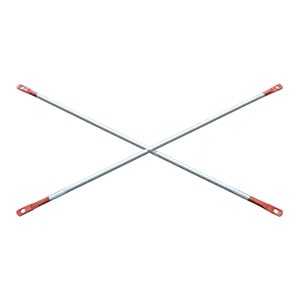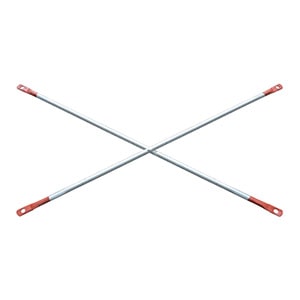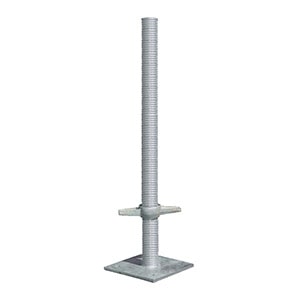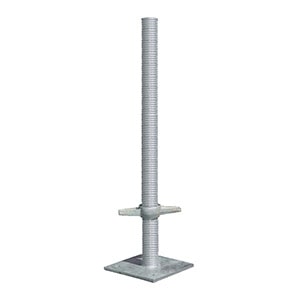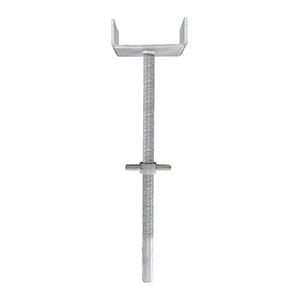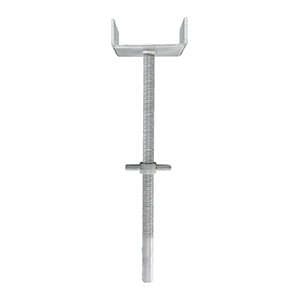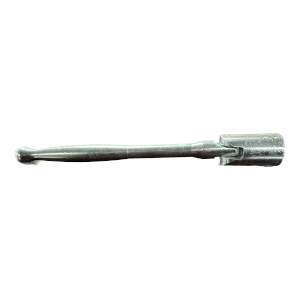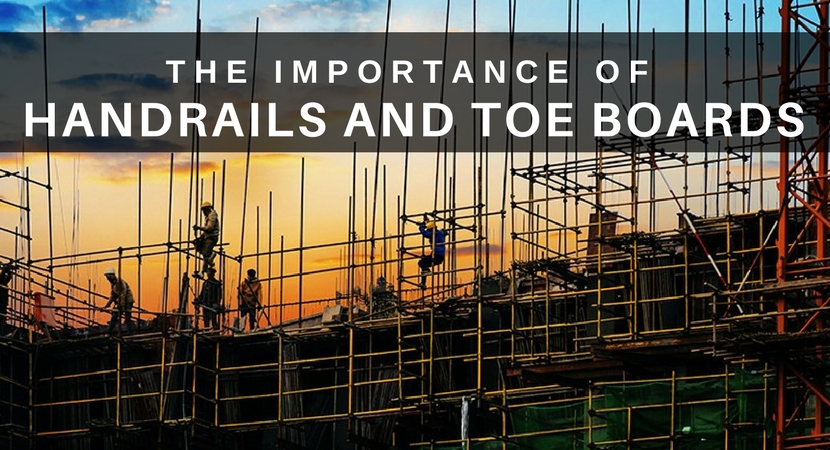Scaffolding safety is not a one-time checklist but an ongoing process that begins with careful planning and continues throughout construction work. From the initial erection and routine inspections to the daily management and maintenance of the structure, every phase is critical.
Here, we’ll explore why handrails and toe boards are indispensable, how they work together to prevent accidents and offer practical safety tips to ensure reliable scaffold fall protection for everyone on site.
The Role of Handrails in Scaffolding Safety
A primary function of any scaffolding system is to provide a stable and secure means of working at height. The hazards become apparent when workers, tools, and equipment are on the scaffold. Handrails serve as a critical barrier to prevent accidents by ensuring that nothing, and no one, slides off the edge.
Handrails are strategically installed along the perimeters of scaffolding platforms to serve two core purposes:
- ➢ Preventing Falls: They help stop workers from inadvertently falling off the edge, particularly when moving along or reaching out from the scaffold.
- ➢ Securing Tools and Materials: Handrails also safeguard against the accidental dislodgement of tools and construction materials, thereby reducing the risk of injury to people working or passing below.
By incorporating handrails as a permanent feature of the scaffold design, you comply with stringent safety protocols and enhance the overall scaffold fall protection measures required in many construction projects.
The Importance of Toe Boards in Scaffolding Safety
Handrails alone, however, are not enough. Toe boards are equally important in ensuring a safe working environment on scaffolds. Often installed at the base of handrails, toe boards are horizontal barriers that prevent objects from slipping off the platform. This feature is especially critical in construction where heavy and bulky equipment is needed.
Toe boards serve several purposes:
- ➢ Containment of Tools and Materials: They keep tools, debris, and other objects securely on the platform, thereby reducing the risk of them falling and injuring someone below.
- ➢ Complementing Handrails: When used in tandem with handrails, toe boards help create a comprehensive safety system. Their placement is vital when materials or tools are pushed near the edge.
Installing toe board brackets with the scaffold toe boards is a good practice during any construction work at height. This extra measure further solidifies the platform’s integrity for fall protection and basic scaffold safety.
Protecting Workers with Comprehensive Scaffold Fall Protection
Ensuring worker safety requires a multi-faceted approach. It isn’t enough to have a scaffold in place; the design must actively prevent accidents. Incorporating handrails and toe boards into every scaffold plan is one of the most effective strategies to reduce the risk of falls.
Here are some key practices to consider:
- ➢ Multi-Sided Handrail Installation: Scaffolds should have handrails installed on at least three sides. For scaffolds situated more than 3 meters above ground level, ideally, the handrails should face away from the building. It helps guide workers safely away from any potential hazards.
- ➢ Maintaining a 1-Meter Handrail Barrier: Regardless of the scaffold’s height, it’s crucial that workers are surrounded by a handrail barrier of at least 1 meter. This precaution serves as a visual reminder of the edge and as a physical barrier against accidental falls.
- ➢ Temporary Removal and Immediate Reinforcement: In situations where handrails need to be temporarily removed; for example, when materials need to be lifted or moved, they should be reinstalled immediately after the task gets completed. This practice ensures that the safety system is never compromised.
Adhering to these guidelines is a cornerstone of safe construction work and reflects the best practices of Australian scaffolding standards. By following these protocols, employers and workers can significantly reduce the likelihood of accidents and injuries.
Preventing Internal Falls During Scaffold Erection
Safety isn’t only a concern once the scaffold is operational; it’s equally important during the erection phase. One of the common hazards during this phase is the risk of internal falls when accidents occur while workers are on the scaffold itself.
To mitigate these risks:
- ➢ Complete Decking of Each Lift: Each level or scaffold lift should be fully decked with planks. It creates a continuous and stable working surface, minimising the chance of tripping or falling.
- ➢ Sequential Platform Stability: Once a lift is completely decked, it should remain in that condition until it is time for dismantling. This consistent approach helps maintain a secure environment as work progresses upward.
- ➢ Safe Dismantling Procedures: All construction materials should be removed from the platform before removing the scaffold lift. Once cleared, remove the planks carefully, ensuring that workers can transition safely to the next lower, fully decked platform.
These meticulous steps during the erection and dismantling phases are vital for maintaining a secure scaffold and ensuring that every safety protocol, including those outlined by Australian scaffolding standards, is strictly followed.
Essential Scaffolding Safety Tips
Integrating safety into every aspect of scaffold design and operation is non-negotiable. Whether you are a contractor, site manager, or a worker, here are some practical tips to help you enhance scaffold safety:
- ➢ Always Inspect the Site: Before beginning any construction work, take the time to inspect the site thoroughly. It includes checking the integrity of the scaffold, ensuring that handrails and toe boards are installed correctly, and verifying that all components meet the latest safety regulations. Regular site inspections can identify potential hazards before they result in accidents.
- ➢ Adherence to Australian Scaffolding Standards: Familiarise yourself with and strictly follow the national standards and guidelines for scaffolding. These standards provide a framework for ensuring every scaffold is built and maintained to the highest safety requirements for scaffold fall protection.
- ➢ Prioritise Worker Training: Ensure that everyone involved in construction work is well-trained in scaffold safety protocols. Regular training sessions and drills can help workers understand the importance of handrails, toe boards, and other safety measures, thereby reducing the risk of accidents on site.
- ➢ Implement Routine Maintenance: Scaffolding structures are subject to wear and tear over time. Regular maintenance checks and prompt repairs are essential. Prevent minor issues from becoming serious safety hazards with proactive maintenance, such as replacing a worn handrail or tightening loose toe board brackets.
- ➢ Use Proper Safety Gear: Beyond the physical components of the scaffold, personal protective equipment (PPE) is essential. Helmets, harnesses, and non-slip footwear are vital for worker’s safety. When combined with a well-constructed scaffold, PPE forms a robust defence against falls and other accidents.
- ➢ Plan for Emergencies: Every construction site should have a clear emergency response plan. Ensure workers know what to do in an accident or a scaffold failure. Regular emergency drills can keep everyone prepared and help minimise injury during unforeseen events.
- ➢ Monitor Weather Conditions: Environmental factors will have an impact on scaffolding safety. High winds, rain, or extreme temperatures can compromise the stability of a scaffold. Monitor weather conditions and suspend work if conditions become unsafe.
By incorporating these scaffolding safety tips into your daily routine, you help ensure that every aspect of your construction work, from the initial planning to the final dismantling, is carried out safely and efficiently.
The Bottom Line
Never compromise on the quality of your scaffolding systems or accessories in construction work. Handrails and toe boards are regulatory requirements and fundamental elements that provide essential scaffold fall protection. Check out some vital scaffolding components from our blog.
By following Australian scaffolding standards and integrating comprehensive safety practices, you safeguard the materials and equipment and the lives of the workers who depend on these structures to do their jobs. Your commitment to safety can make all the difference in preventing accidents and creating a productive work environment.

